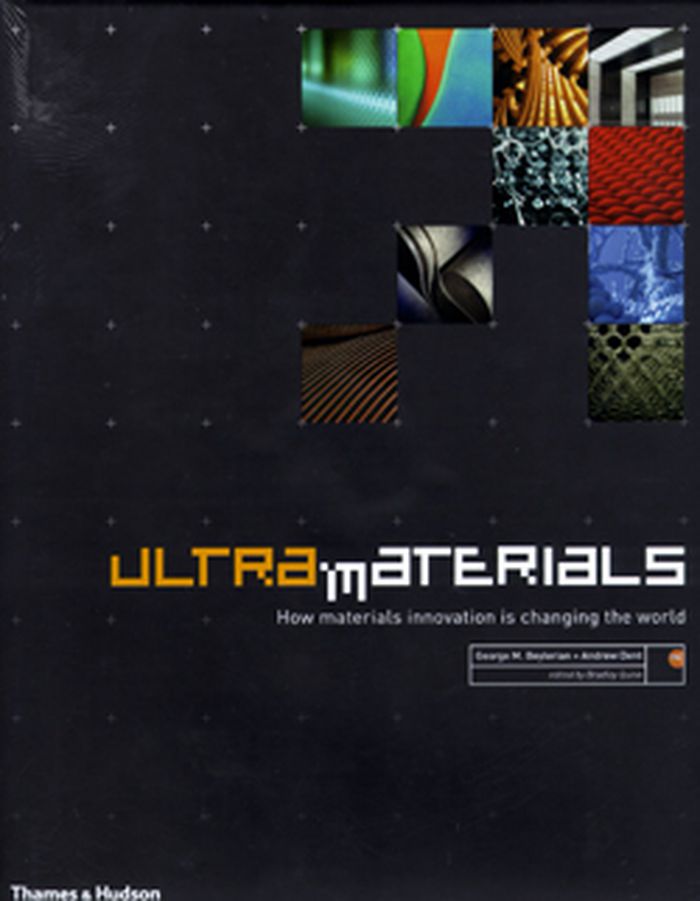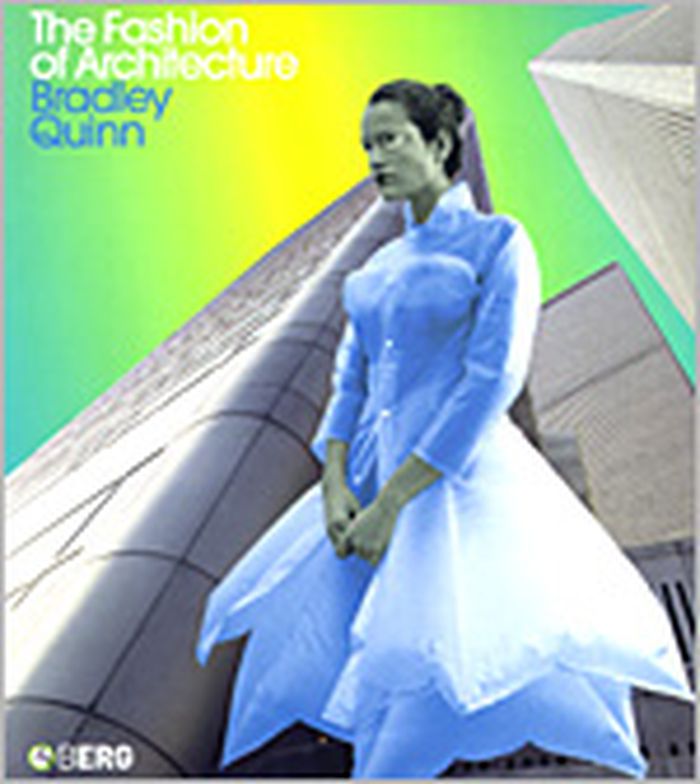$75.00
(disponible sur commande)
Résumé:
The single most significant influence on today's manmade environment: materials innovation. Smart substances, intelligent interfaces, and sensory surfaces are redefining the world we live in, from self-cleaning materials based on the surface morphology of a lotus leaf to outdoor pavilions made from inflatable membrane exteriors to temperature-regulated clothing.
Matériaux et éclairage
novembre 2007, London
Ultra materials: how materials innovation is changing the world
Actions:
Prix:
$75.00
(disponible sur commande)
Résumé:
The single most significant influence on today's manmade environment: materials innovation. Smart substances, intelligent interfaces, and sensory surfaces are redefining the world we live in, from self-cleaning materials based on the surface morphology of a lotus leaf to outdoor pavilions made from inflatable membrane exteriors to temperature-regulated clothing.
Matériaux et éclairage
The fashion of architecture
$44.95
(disponible sur commande)
Résumé:
Architecture is making its presence felt in cutting-edge fashion. The pliable metals, membrane structures, lightweight glasses and plastics used in building construction are creeping onto the catwalk. As they do so, their impact on recent textile developments has produced fabrics that enable clothing to act as individual climate-controlled environments that can exchange(...)
Théorie de l’architecture
décembre 2003, Oxford / New York
The fashion of architecture
Actions:
Prix:
$44.95
(disponible sur commande)
Résumé:
Architecture is making its presence felt in cutting-edge fashion. The pliable metals, membrane structures, lightweight glasses and plastics used in building construction are creeping onto the catwalk. As they do so, their impact on recent textile developments has produced fabrics that enable clothing to act as individual climate-controlled environments that can exchange information with embedded sensors, resulting in wearable "dwellings" that act as both shelter and clothing. At the same time, architects are borrowing the techniques of pleating, stapling, cutting and draping from traditional tailoring to design buildings that are flexible, interactive, inflatable and even portable. Although the relationship between architecture and fashion was recognized more than a century ago, the connection between them has rarely been explored by historians, designers or practicing architects. "The Fashion of Architecture" is the first attempt to investigate the contemporary relationship between architecture and fashion in considerable depth, by examining the ideas, imagery, techniques and materials used by visionaries such as Martin Margiela, Issey Miyake, Alexander McQueen, Tadao Ando and Daniel Libeskind. As mavericks ranging from Hussein Chalayan and Rei Kawakubo to Rem Koolhaas and Zaha Hadid describe architecture’s role in the formation of fashion identities, new readings of both areas emerge. Probing and far-reaching in its content, The Fashion of Architecture is the most comprehensive study of this exciting area to date.
Théorie de l’architecture

